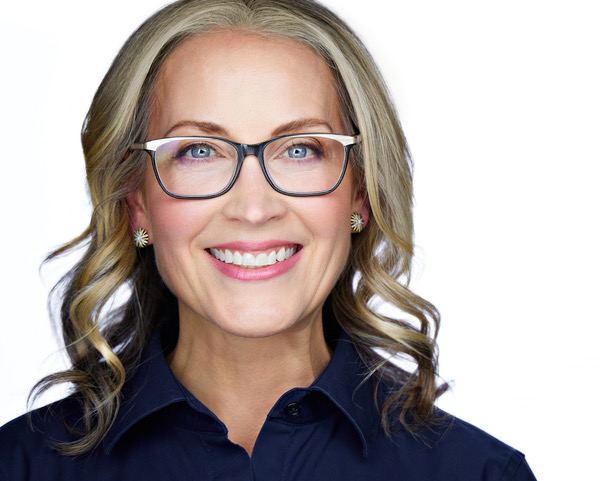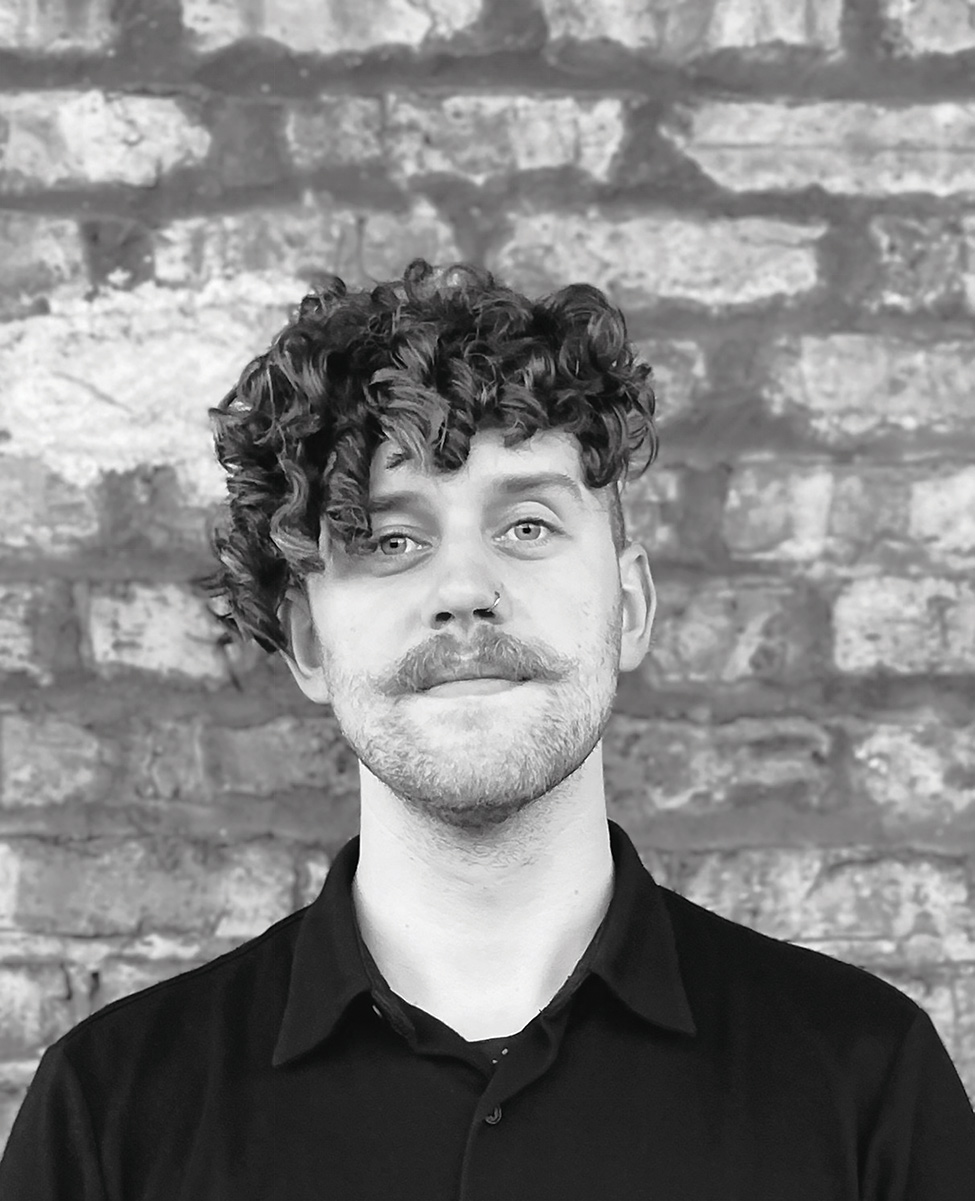The Many Colors of Anna Kunz

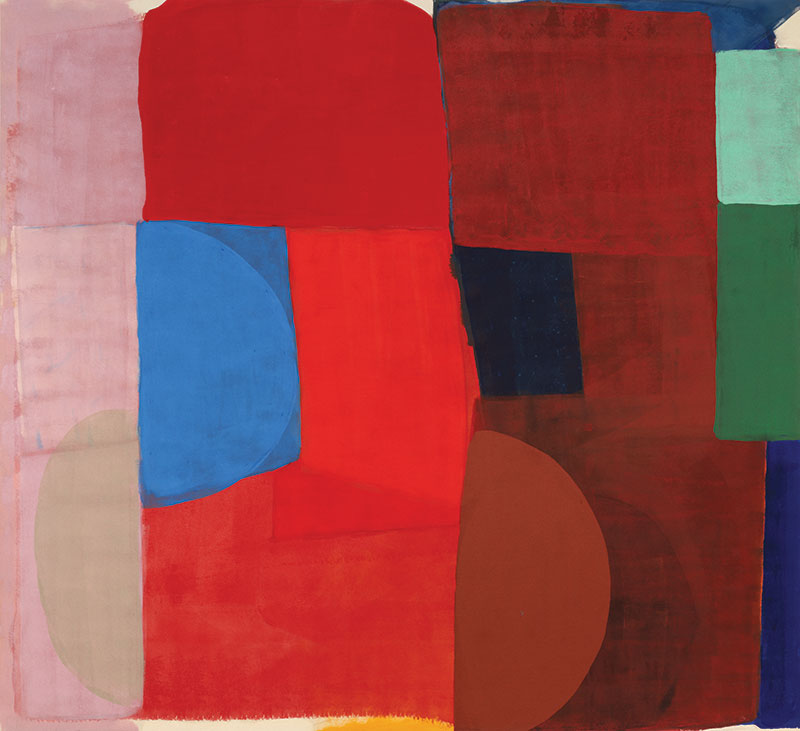
This interview is CGN's spring 2023 cover story. To subscribe to the print edition please click here.
By Alison Reilly
In 2022, Anna Kunz stepped down as Associate Professor in the Art and Art History department at Columbia College. Throughout her 20 years at the school, she mentored many young artists as they began their careers. As part of her legacy, Kunz generously established a scholarship called the AK Prism Award. “For ambition and kindness, my initials - AK,” she told me. She explained that she wants to use her work as an artist to help others. During our recent conversation, I found myself wishing I could have sat in on one of her color theory courses. Her warmth, compassion, and creativity were evident during our time together. Kunz, who recently created an ambitious and immersive solo exhibition at Berggruen Gallery in San Francisco and will be showing with McCormick Gallery and Manneken Press at EXPO Chicago, told me about her process, inspirations, and other new projects.
CGN: When did you know that you wanted to be an artist?
AK: I loved to listen to the WFMT radio show hosted by Harry Bouras (the Harry whose name inspired the artist group the Harry Who) called “On Art and Artists‚“ when I was a teen. When he said, “An artist’s job is to continually reinvent themselves,” I thought, that would be a great job.
CGN: I read that your father worked at the Art Institute of Chicago and you used to sit in front of the Rothko painting and watch visitors’ reactions. What did you observe?
AK: Yes. My father was in the hospitality industry. I’d have to go to work with him as a kid, and I’d sit in the gallery that housed a Rothko painting. People would stop to look, sometimes laugh, get angry, become emotional. It made quite an impression upon me–how color, and the “exterior form”, painting, could invite all of that in the viewer.
CGN: You have talked about choreographing color - what does that mean to you?
AK: I always feel like I understand dance, poetry and music better than painting. Choreography and dance use the body as material and turn ritual actions into a kind of poetry. It is very similar to the way I approach my process. Colors are stand-ins for relationships I observe in nature’s structures, or even the social sphere. I think of color as a body that generates forms and creates relationships and movement. My approach to choreography in painting means I pay attention to time and space on the surface to generate compositions. There is a word choreographers use–kinesphere–the arena or the space around the body. I translate this in painting to be the canvas or architectural space (in the case of my installations).
CGN: What is a typical day in your studio like?
AK: I arrive early and begin each day by moving around many works in progress to create new conversations between the paintings. I decide on color. I work usually with one or two specific hues at a time and apply it in a ritualistic way. I play to develop new approaches and processes in another area of the studio with smaller paintings or paper, or collages. If I’m in my studio in Michigan, I work outside and let unexpected things happen.
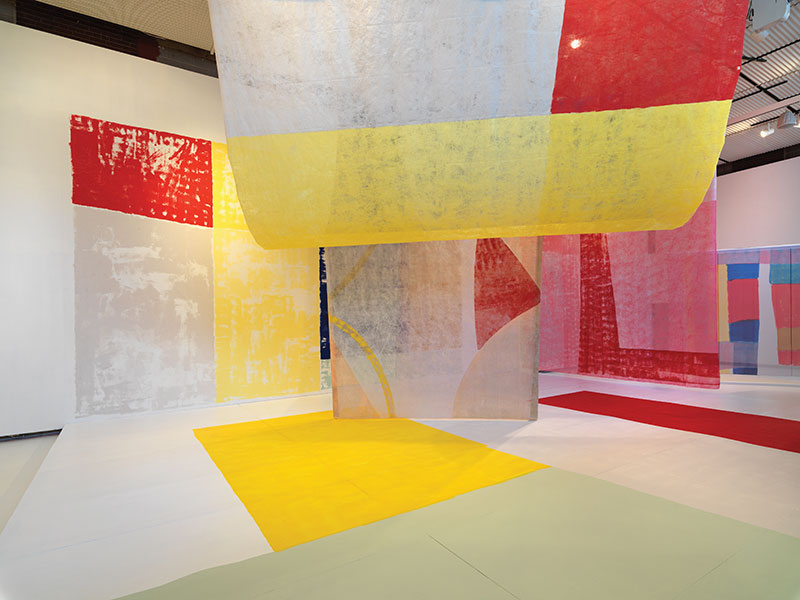
CGN: Tell me more about your studio in Michigan.
AK: Yes, it’s in Buchanan, Michigan. My husband, Bryan, and I bought the property about 16 years ago. Little by little we’ve been transforming it into a sanctuary space. There are a lot of building projects going on, so I work in a space that’s pretty raw. I have a very large deck, so I can work in sunlight or outside. A lot of times I try to do some things more experimentally, like work in the forest, or see the work juxtaposed with nature. Sometimes I leave work outside and chance things happen – leaves will fall, or insects, or rain. Things will fold in the wind differently. And I take a lot of photographs of my work in different situations. That helps me get ideas for new work. Outside is more unruly.
I also love to work with water as a material. If there’s a water source that I am around, I can incorporate that, but even the paintings in my studio are very water based. Instead of thinking of the water as just as vehicle to send paint, I think about the water as a material, as a life force.
CGN: What are some of your earliest memories making art?
AK: My grandfather worked at the Hammermill paper factory in Erie, Pennsylvania. He was a pulp stirrer, and every time he’d visit me, he would gift me a ream of paper and new Crayolas. I would think of it as the best present and color every sheet. I got very good at inventing colors and arranging the drawings on the floor.
CGN: And you still work on the floor, right?
AK: Yes, in my studio I have several large paintings going at once because I envision them as one continuous work. Even though they all end up as individual paintings, in my mind, I’m still thinking about building this immersive environment. I work on the floor‚ 360°, turning them. It’s extremely physical work. There’s arranging, and a rearranging, so I can see what kind of conversations are generated through the different relationships I create. I also work on planks, which allow me to perform on top of the painting, if you will, or traverse the painting. I also use them as a measuring device sometimes.
CGN: And you are working mostly on canvas along with paper?
AK: Yes, I work in different scales. But the scales are all specific to my body. If I work on paper it’s usually 11 by 13” or 13 by 15”, which are my head size and neck size. Sometimes I work in a small format like the palm of my hand. Sometimes I work in 60 by 66, which is my personal wing span, my body measurement. They’re all scaled according to my body proportions.
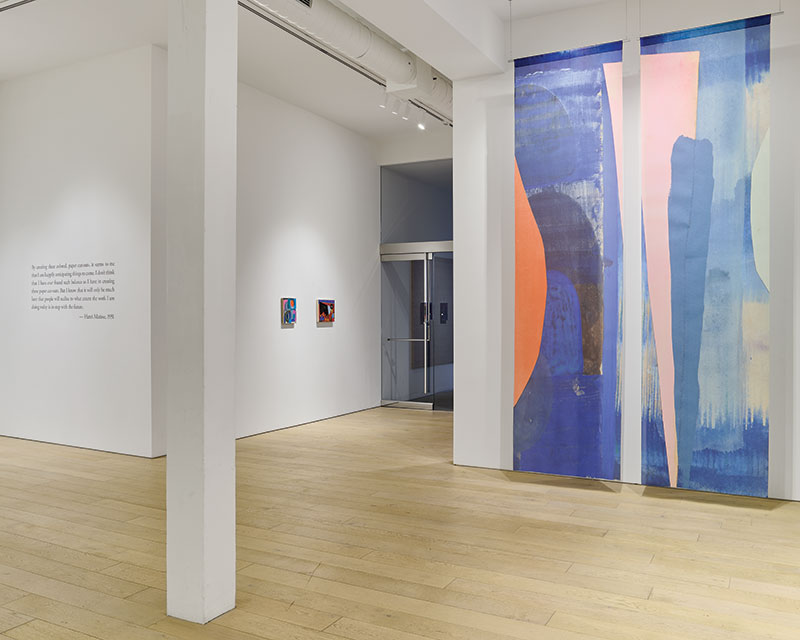
CGN: Have you always worked that way?
AK: It started out intuitively with my works on paper. Sometimes those paintings end up as fabric work or they inform fabric works that are a little more ephemeral and meant to be suspended in space. I was given an opportunity at Hyde Park Art Center and it’s this giant space. I looked back at the last 10 or 15 years of my artistic output and reassigned new material identities to some of the work I’ve done. For example, a small, intimate work on paper, gouache on Sakamoto paper, would then inform a new large work on silk. The vocabulary would stay the same. It’s a way for me to almost have my own retrospective. I reinvented my previous work to inform the larger and more ephemeral work. Everything in that show was familiar to me from a previous version or iteration. Instead of just showing working from the past, I reinvented my old work in new forms.
CGN: Can you describe your approach to designing and planning an exhibition?
AK: I like to take a lot of time thinking about any exhibition. I never like to make work for a show, so I just keep a continuum in my studio of lots of different kinds of work. Bryan is an exhibit designer and has an architecture studio. We have had many conversations about space and scale. Planning an exhibition always starts with a small to scale model and a feeling for what kind of experience I want to present to the viewer. I do really look at the site lines of painting to painting and the relationships so that the viewer’s perception is wholly engaged, not just on a head-on vision of looking at a painting. I consider what might be happening in the periphery of vision, and multiple viewpoints.
CGN: What are you working on in your studio now? What projects do you have coming up for this spring and summer?
AK: I just closed a large show of paintings and works on paper at Berggruen Gallery in San Francisco.
In April at EXPO CHICAGO I’ll show monoprints at Manneken Press, and paintings with McCormick Gallery. I’ve worked with Tom [McCormick] forever – I’ve known him for more than 25 years. I’m also planning another show at McCormick for the fall, which will be more experimental.
And I’m planning to make two different books. One is a project that is an homage to artists who have lost their mothers. I also have some non-commercial projects to think about.
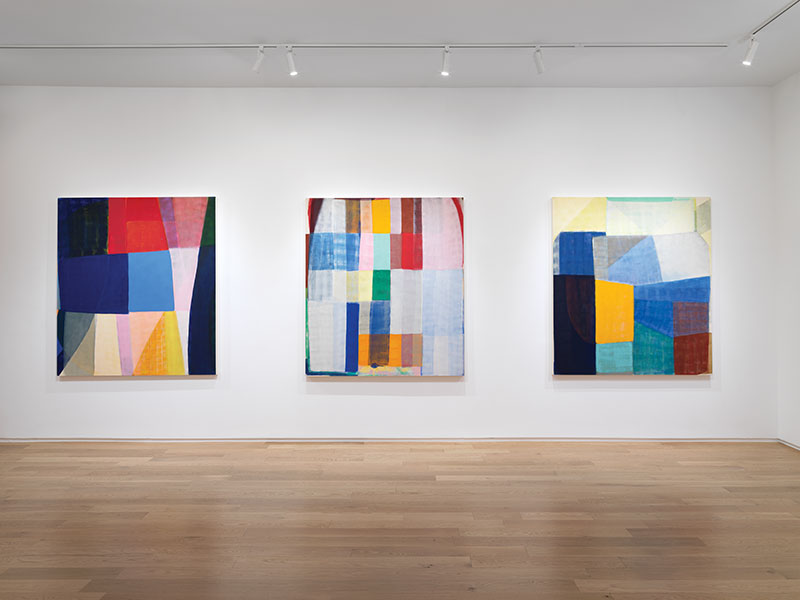
CGN: Can you tell me more about the homage?
The writer Ocean Vuong has written that after losing his mom, he is “half” forever more. I’m just using that spiritual event, the right of passage that we all go through, or will have in common, to inform some of his artwork. The thought of the mother as the creator. Honoring mothers for the gift of life, but also modeling creativity. I started to experience through friends, artist friends, women friends, their thoughts about their personal losses and how they use them and try to find a way to transition sorrow into something more meaningful for their artwork.
My mom was a really amazing reconstructive surgical nurse. She worked a lot in volunteer groups. One was called Operation Smile, which would take surgical helicopters into different parts of the world where children were suffering facial deformities. She taught me a lot about the transformative power of using your creativity. That is always in my mind when I think about why I am an artist, how did I arrive at this.
When my mom left the planet, she left behind an enormous amount of costume jewelry. She was a pretty eccentric person! I had the jewelry, and then I noticed a lot of women friends who had caregiven their mothers had been gifted their mother’s jewelry collection when they passed on. This book, which is in the preliminary stages, is exploring that. The artist Judith Brotman and I will see where we find commonalities and similar feelings. We both had the extraordinary experience of caregiving our moms. A lot of other artist friends have also expressed that once you lose your mom you’re never really the same.
CGN: What impact has Chicago had on your formation as an artist?
AK: My family has been in Chicago since 1885. They came here with nothing. I feel pride about belonging here, reflecting on the many generations before me over near Wayne Avenue. The city’s grid, its hospitality, the traditions in theater and comedy all end up in my mind when I’m asked about Chicago. There is a work ethic here and an attention to craft and style that I think about.
#
Visit annakunz.net for more works by and information about the artist.
